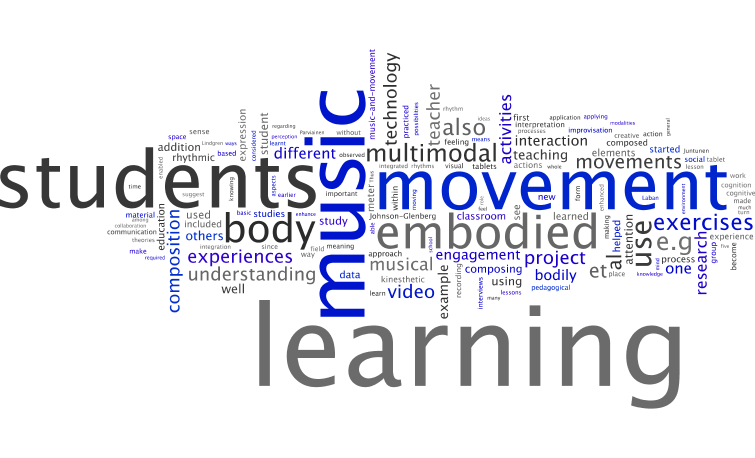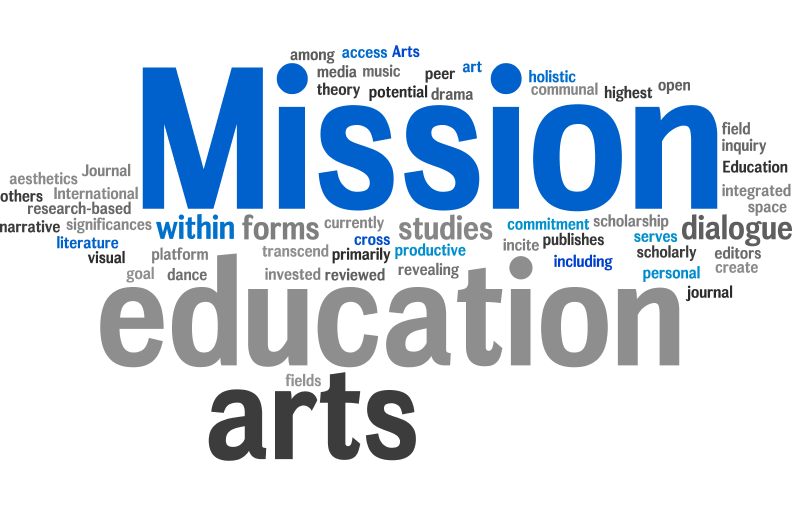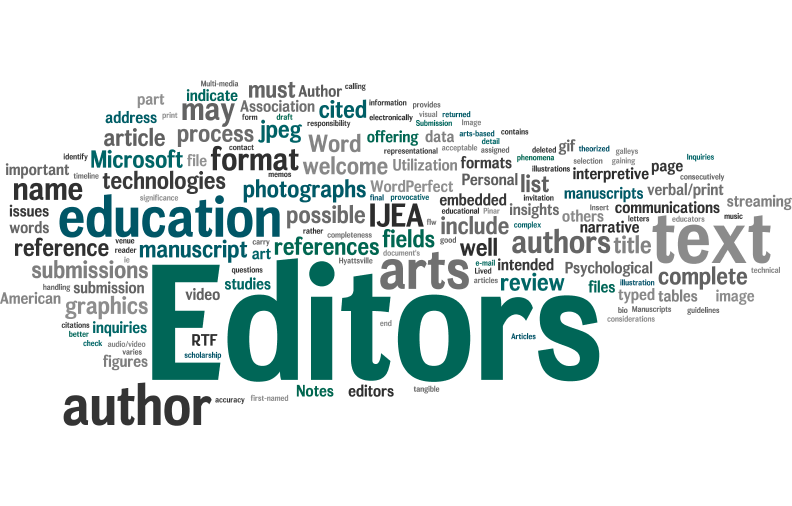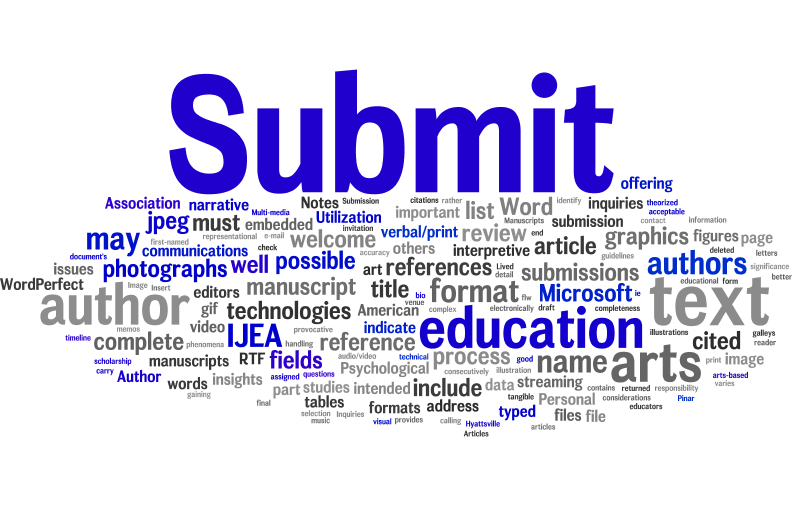| Volume 21 Number 29 | October 19, 2020 |
Embodied Learning Through and for Collaborative Multimodal Composing: A Case in a Finnish Lower Secondary Music Classroom
Marja-Leena Juntunen
Sibelius Academy, University of the Arts Helsinki, Finland
Citation: Juntunen, M.-L. (2020). Embodied learning through and for collaborative multimodal composing: A case in a Finnish lower secondary music classroom. International Journal of Education & the Arts, 21(29). Retrieved from http://doi.org/10.26209/ijea21n29
Abstract
This article analyzes how embodied learning was enhanced in a project in which students made a music video with a tablet, combining music and movement compositions, in a Finnish seventh-grade music classroom. Student interviews and reflections, as well as researcher’s field notes were used as material for the analysis. In the project, embodied learning took place through active participation and multi-sensory perception and experiences. Learning was enhanced by focusing students’ attention to and awareness of each activity and their kinesthetic experiences, then by reflective assignments. Preparations for the music and movement compositions included explorative and improvisational Dalcroze-, Orff-, and Laban-based music-and-movement exercises, the rehearsal of movement material for composition, and the creation of a safe and comfortable social space. Making the video fostered embodied learning since it required students to remember, re-experience, and apply previous activities, and incorporated multimodal expression. Tablets served as easy and manageable digital tools for meaning-making and multimodal expression in addition to making achievements both explicit and shareable.
Visual Abstract





